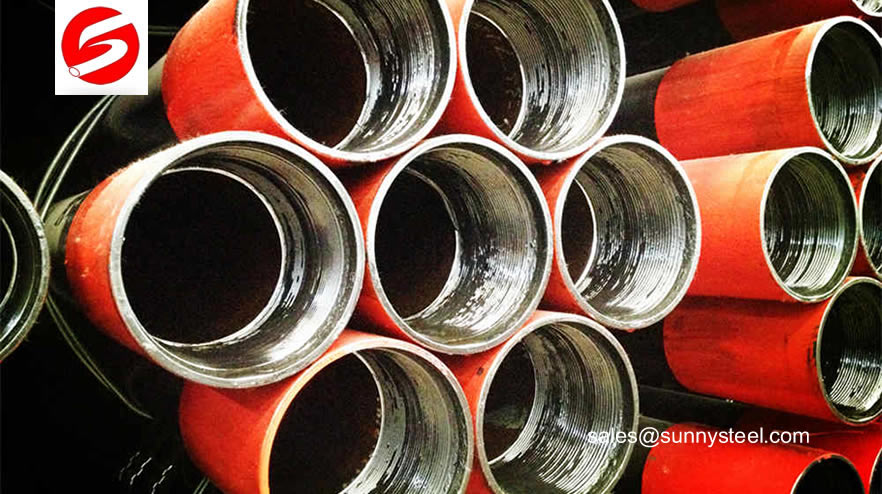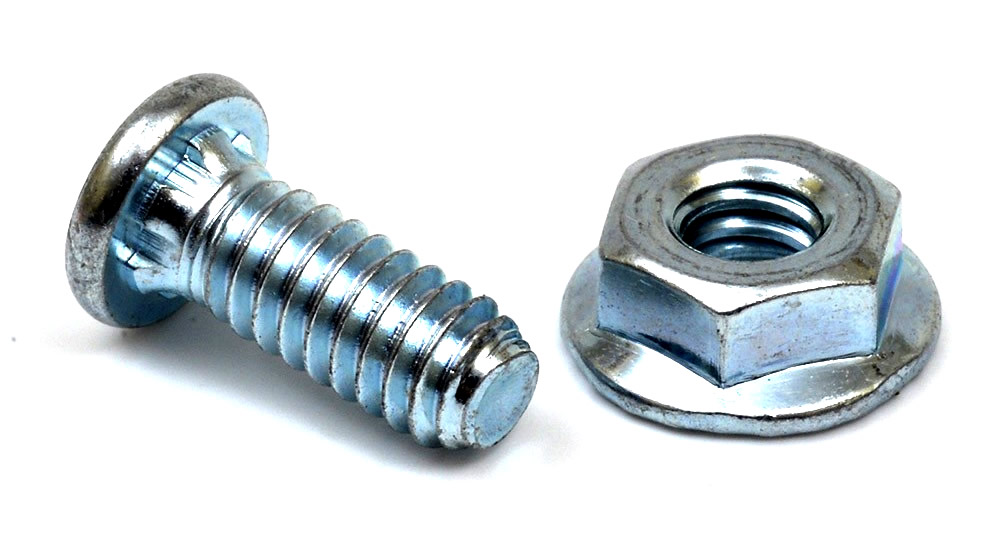Sunny Steel supplies a wide selection of forged steel fittings including stainless steel and carbon steel fittings. Our forged fittings can come in Elbows, Street Elbows, Tees, Crosses, Couplings, Reducers, Outlets, Inserts, Caps, Unions, Bushings, and Plugs.
Forge & Fittings distributors both domestic and foreign forged fittings and forged pipe fittings to complete your forge, flange and bar order.
- How to distinguish between pipe elbow and pipe bending?
- ASTM A234 is Specification for steel pipe fittings includes carbon and alloy steel material.
- What is Pipe fitting?
Our forged fittings can come in Elbows, Street Elbows, Tees, Crosses, Couplings, Reducers, Outlets, Inserts, Caps, Unions, Bushings, and Plugs.
- Forging Service - Our prefessional foundry can do forging service according to your drawings.
- Casting service - Our prefessional foundry can do sand casting,lost wax casting and die casting.
- Forged Elbow - is one of the commom pipe fittings applied in oil&gas industry.
- Nipple and Coupling - are used for fluid conduits in which each end portion of two tubes
- Malleable Iron Pipe Fittings are those fittings having the property of malleability.
- Forged Tees - are pipe fittings that be formed mainly by forging.
Flange bolts & nuts
Flange bolts are those type of bolts having a ridge or skirt around the bolt head.Materials & Specifications
Forged steel fittings are very high quality and are meant to have higher yields to high pressures.- Standard Grades: Carbon, Stainless Steel, Chrome Moly, High Yield, Low Temperature, Aluminum
- Special Grades: Inconel, Incoloy, Hastelloy, Titanium
- Sizes: 1/8” to 4”
- Pressures: 2000#, 3000#, 6000# - special 9000# and up
| Material | Grade |
|---|---|
| Stainless Steel | 304/304L, 316/316L, 304H, 316H, 309, 310S, 317L, 321/321H, 347/347H, 904L, DUPLEX 2205 / SUPER DUPLEX 2507 |
| Carbon Steel | A105 |
| Chrome Moly | F5, F9, F11, F12, F22, F91 |
| Nickel Alloys | Alloy 20, 200, 201, 400, 600, 625, 800H/HT, 825, 254SMO, AL6XN, C276, C22, B3, HAST-X |
Manufactured by a series of compression under an extremely high pressure, steel forgings normally have less surface porosity, finer grain structure, higher tensile strength, better fatigue life/strength, and greater ductility than any other steel processing.
We also have Out-Lets, Swages and Nipples
As for Out-Lets, Swages and Nipples, choose from:
- STD
- XH
- S/160
- and any combination
- XXH
- Threaded
- Plain
Properties of Forged Steel
Forged steel is often used in weapons, thanks to its strength and durability.Forging steel is a metal-working process which involves the use of hammering or pressing techniques to alter the steel’s shape, followed by heat treatment. This method produces in the steel a number of properties which distinguish it from other treatments of this metal, for example casting, where liquid metal is poured into a mold and then left to solidify.
Strong and Durable
Steel forgings have a generally higher strength and are typically tougher than steel processed in other fashions. The steel is less likely to shatter on contact with other objects for example, making forged steel highly suitable for items such as swords. This increased strength and durability is a result of the way in which the steel is forced into shape — by pressing or by hammering — during the forging process. The steel’s grain is stretched by this process, and ends up aligned in one direction, as opposed to being random. Following the pressing or hammering, the forging is cooled in water or oil. By the end of the process, the steel is stronger than it would have been had it been cast, for example.
Steel forgings have a generally higher strength and are typically tougher than steel processed in other fashions. The steel is less likely to shatter on contact with other objects for example, making forged steel highly suitable for items such as swords. This increased strength and durability is a result of the way in which the steel is forced into shape — by pressing or by hammering — during the forging process. The steel’s grain is stretched by this process, and ends up aligned in one direction, as opposed to being random. Following the pressing or hammering, the forging is cooled in water or oil. By the end of the process, the steel is stronger than it would have been had it been cast, for example.
Anisotropic
A steel forging’s strength isn’t consistent all the way through; instead, steel forgings are anisotropic, which means when the metal is worked on and deformation occurs, the steel’s strength is greatest in the direction of the resulting grain flow. This results in steel forgings which are strongest along their longitudinal axis, while in other directions, the forging will be weaker. This differs from steel castings, which are isotropic and therefore have almost identical properties in all directions.
A steel forging’s strength isn’t consistent all the way through; instead, steel forgings are anisotropic, which means when the metal is worked on and deformation occurs, the steel’s strength is greatest in the direction of the resulting grain flow. This results in steel forgings which are strongest along their longitudinal axis, while in other directions, the forging will be weaker. This differs from steel castings, which are isotropic and therefore have almost identical properties in all directions.
Consistency Between Forgings
Since the process of forging is controlled and deliberate, with each forging undergoing the same steps, it’s typically possible to ensure a consistent material over the course of many different forgings. This is in contrast to cast steel, which is more random in nature due to the processes used.
Since the process of forging is controlled and deliberate, with each forging undergoing the same steps, it’s typically possible to ensure a consistent material over the course of many different forgings. This is in contrast to cast steel, which is more random in nature due to the processes used.
Limit On Size
During the forging process, it’s more difficult to shape the metal, since forging occurs while the steel is still solid, unlike in casting where the metal has been reduced to its liquid form as part of the process. Since the metallurgist working with the steel will have more difficulty altering the metal’s shape, there’s a limit on the size and the thickness of the steel which can be successfully forged. The larger the metal section being worked on, the harder it is to forge.
During the forging process, it’s more difficult to shape the metal, since forging occurs while the steel is still solid, unlike in casting where the metal has been reduced to its liquid form as part of the process. Since the metallurgist working with the steel will have more difficulty altering the metal’s shape, there’s a limit on the size and the thickness of the steel which can be successfully forged. The larger the metal section being worked on, the harder it is to forge.
- 2000 (Only Threaded Fittings)
- 3000 & 6000 (for both types)
- 9000 (Only Socket Weld Fittings)
The Difference Between Casting & Forging
Casting is the process where metal is heated until molten. While in the molten or liquid state it is poured into a mold or vessel to create a desired shape.Forging is the application of thermal and mechanical energy to steel billets or ingots to cause the material to change shape while in a solid state.
Why use castings?
We use castings for a wide range of wearparts and components that are too large, complicated, intricate or otherwise unsuitable for the forging process. We can forge parts up to 50kgs but the sheer energy required to forge larger items make casting a much more viable alternative.
We currently cast mining and earthmoving components to 580 kg. We can cast up to 3000 kg if required. Manganese work hardening screens are one of our specialities. We have found that by carefully choosing alloys and applying proven methods of heat treatment, we can produce castings of high quality, strength and wearability. The casting process better lends itself to making parts where internal cavities are required.
The advantages of casting include:
- No real upper size limit in casting weight
- Large range of alloy choices
- Tooling is often less expensive than forge dies
- Smaller production “runs” required
- Complicated/complex parts are no problem
- For general GET as well as large and complex components - casting is a fantastic method of manufacture.
Forging offers uniformity of composition and structure. Forging results in metallurgical recrystalisation and grain
refinement as a result of the thermal cycle and deformation process. This strengthens the resulting steel product particularly in terms of impact and shear strength.
Forged steel is generally stronger and more reliable than castings and plate steel due to the fact that the grain flows of the steel are altered, conforming to the shape of the part.
The advantages of forging include:
- Generally tougher than alternatives
- Will handle impact better than castings
- The nature of forging excludes the occurence of porosity, shrinkage, cavities and cold pour issues.
The tight grain structure offers great wear resistance without the need to make products “superhard” We have found that, on a blank HRC 38-42 forged grinder insert wear/wash is about the same as a high alloy HRC 46-50 cast grinder insert. The difference being a HRC 46-50 casting does not have the ductility to handle high impact grinding.









